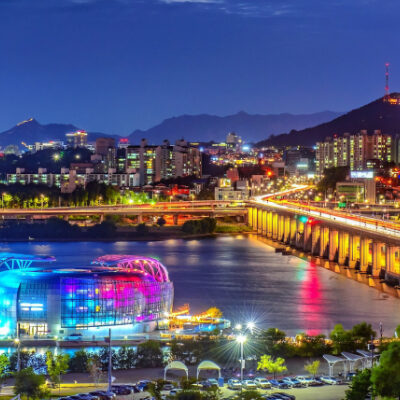Tucked between India and Tibet, Nepal invites you to experience a mix of stunning nature, vibrant culture, and thrilling adventures. Snow-capped Himalayan peaks scrape the sky, while valleys below hide ancient temples waiting to be explored. Landscapes shift fast here—lush forests give way to rocky trails, and quiet villages buzz with warm smiles from locals. For next year’s travels, keep these highlights bookmarked.
Why Nepal Should Be Your Next Destination
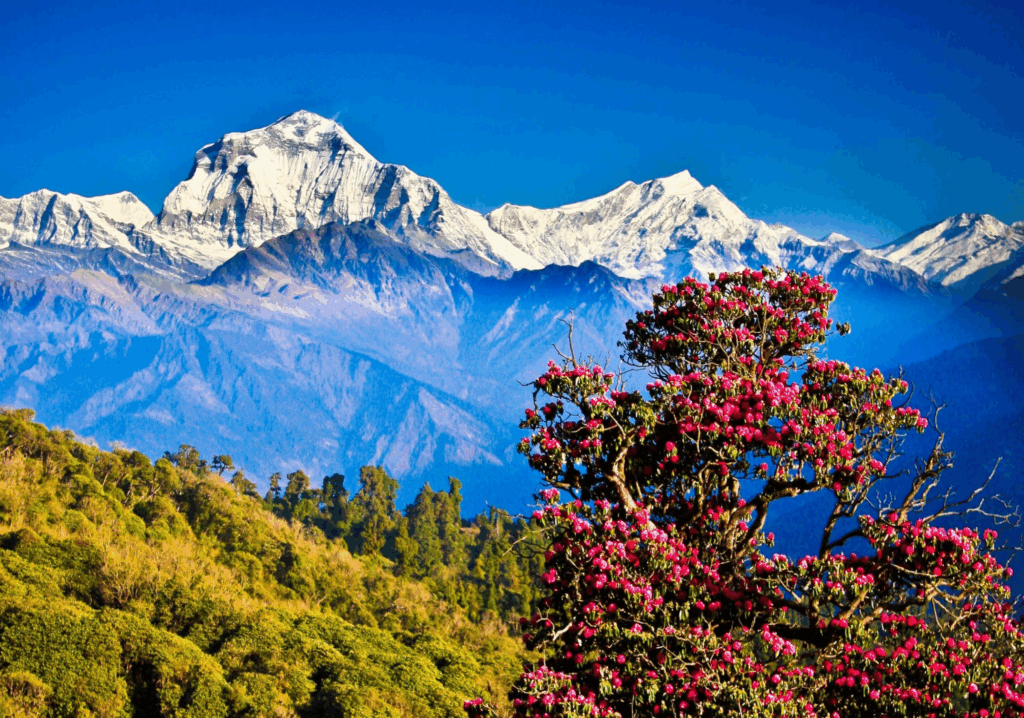
Nepal’s 2025 travel guide points to major upgrades in infrastructure and tourism services countrywide. Years spent rebuilding after the 2015 quake have paid off—modern facilities now blend smoothly with Nepal’s timeless appeal. Roads, lodging, and tourism programs reflect a clear push to make travel here easier and more enjoyable.
Progress hasn’t erased what makes Nepal unique. Visitors still find mountain trails, heritage sites, and local culture intact. Practical upgrades like smoother airport transfers and diverse lodging options aim to balance convenience with authenticity.
This isn’t just about repairs. Nepal’s focus on sustainable tourism and traveler-friendly policies shows how far things have come since recovery began. The vibe? Still rugged, still real—just with fewer hassles.
Nepal Travel Guide 2025: Top Tourist Attractions You Can’t Miss
Kathmandu Valley
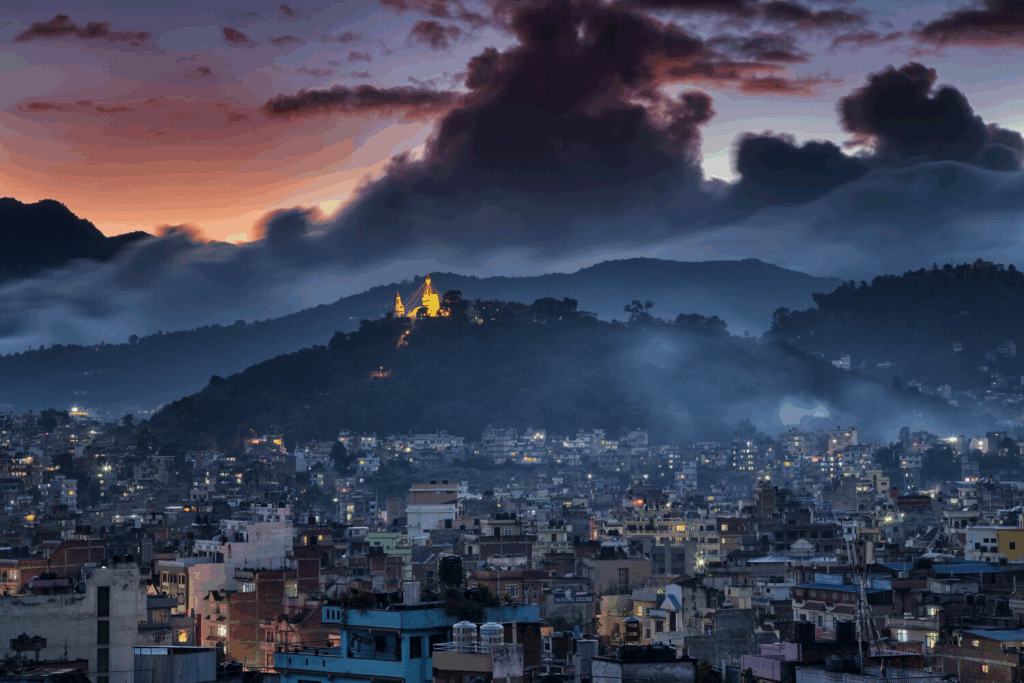
Nepal’s historic heart, Kathmandu Valley, packs seven UNESCO World Heritage spots into a small space. Ancient cities here—Kathmandu, Bhaktapur, Patan—display incredible Newari craftsmanship from centuries past.
- Durbar Squares: Walk through royal palaces and courtyards covered in detailed wood carvings;
- Swayambhunath (Monkey Temple): Head up to this hilltop stupa for sweeping city views;
- Pashupatinath Temple: Observe sacred Hindu rituals at Nepal’s most revered site;
Cultural heritage sites in Kathmandu Valley give a vivid peek into Nepal’s layered past. After exploring, try authentic Newari eats at nearby spots—dishes like chatamari (rice flour pancakes) and yomari (steamed dumplings) won’t disappoint.
Pokhara

Pokhara balances calm and adventure effortlessly. Framed by Annapurna peaks, this lakeside spot draws visitors craving thrill and peace in equal measure.
Paddle across Phewa Lake when skies are clear—snow-capped summits mirror perfectly on its surface. Prefer heights? Take to the skies paragliding for unmatched Himalayan panoramas. Grounded explorers find stories at the International Mountain Museum, where climbing legends come alive.
Wellness retreats in Pokhara now pull travelers aiming to recharge. Think sunrise yoga sessions by water’s edge or Ayurvedic massages using age-old recipes. This has solidified the city’s status as Nepal’s go-to spot for mindful getaways.
Chitwan National Park
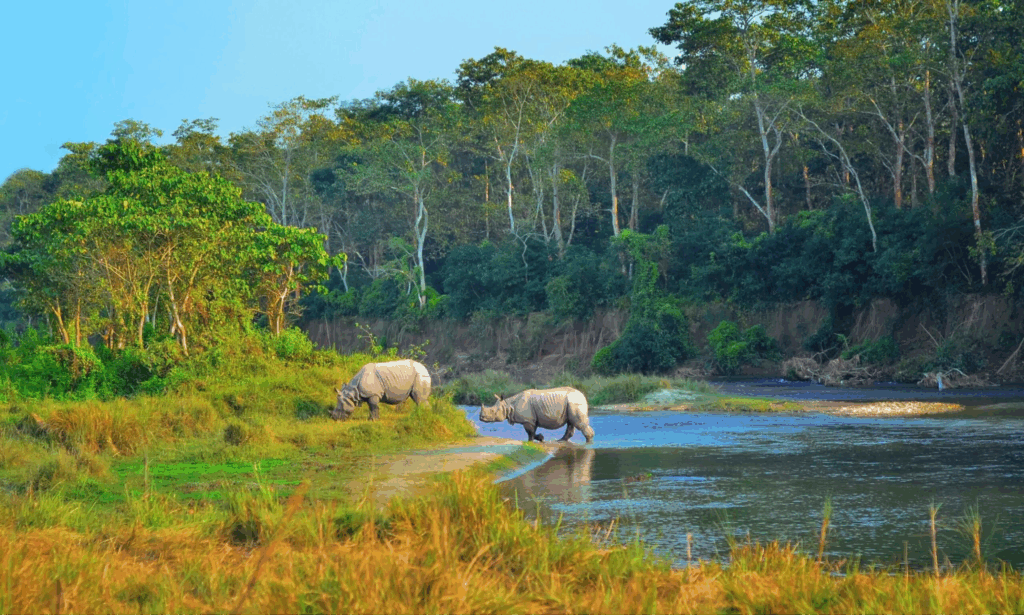
Chitwan gives wildlife lovers a chance to see incredible animals roaming free. Unlike Nepal’s famous peaks, this flat, green jungle feels like a different world.
- Jungle walks: Try tracking Bengal tigers, rare one-horned rhinos, or shy sloth bears;
- River trips: Paddle quietly past sunbathing crocs and colorful kingfishers on Rapti’s waters;
- Tharu villages: Hear stories, watch dances, and see how locals live off the land;
Mountains get all the hype, but here, the wild feels closer—and way more unpredictable.
Lumbini

Lumbini draws pilgrims and spiritual travelers worldwide. At its heart lies a sacred garden where Queen Maya Devi gave birth to Siddhartha Gautama. Surrounding this site, monasteries built by Buddhist groups from different nations create a quiet, global neighborhood.
Maya Devi Temple sits on the exact spot of Buddha’s birth—step inside to see an ancient stone marking it. Nearby, World Peace Pagoda towers above trees; its white dome invites quiet reflection. Wander through international monasteries nearby, each reflecting unique architectural traditions. From Tibetan prayer flags to Thai golden roofs, these spaces showcase how Buddhism adapts across cultures.
Keep visits focused: absorb the stillness, observe details in carvings or murals, and let the mix of history and devotion speak for itself.
Bandipur

Bandipur sits on a ridge above the highway between Kathmandu and Pokhara, a spot that keeps Newari culture alive. Cars don’t clutter streets here, letting visitors experience traditional Nepali life through old buildings and sweeping views of peaks.
Walk around, and you’ll see carved wooden windows, brick-lined lanes, and terraces framing Himalayan horizons—all untouched by modern rush. It’s less a tourist stop and more a quiet, working village where daily rhythms haven’t changed much in decades.
Must-see Destinations in Nepal for Adventure Seekers
Everest Region
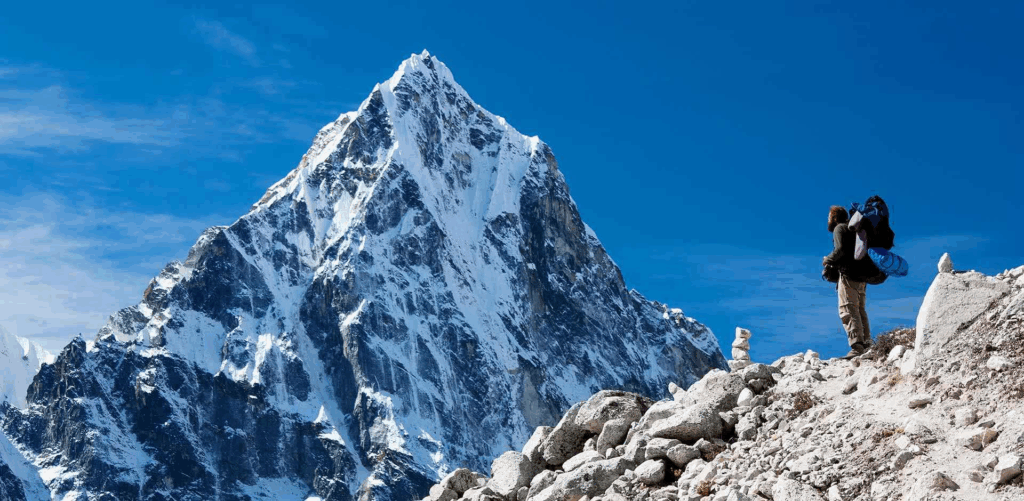
Every year, thousands flock to Earth’s tallest peak. Summiting Everest still demands serious skill, but reaching base camp? That’s doable for most with decent stamina. When it comes to Everest Base Camp updates, 2025 focuses on smoother trails, faster emergency response, and low-impact lodging options. Teams now fix paths more regularly, and rescue crews can react quicker if things go sideways. New huts built with sustainable materials blend into the landscape without cluttering it.
To protect the area, officials have set tighter limits on daily trekker numbers and introduced stricter waste rules—no more leaving traces behind. These tweaks aim to balance adventure with responsibility, keeping the route open without letting it get loved to death.
Annapurna Circuit

Trek the Annapurna Circuit, a world-famous route. You’ll move from lush subtropical forests to stark high-altitude deserts in one journey. Trail winds past villages where glimpses of authentic mountain life feel vivid and unscripted.
For Nepal trekking routes 2025 has to offer, check out alternatives in Annapurna region. Mardi Himal serves up big views on shorter trails, while Khopra Ridge remains quieter. Both paths ease strain on busy areas by steering crowds away from main circuits. Options like these spread out crowds, giving popular trails a breather without skimping on raw Himalayan beauty.
Langtang Valley
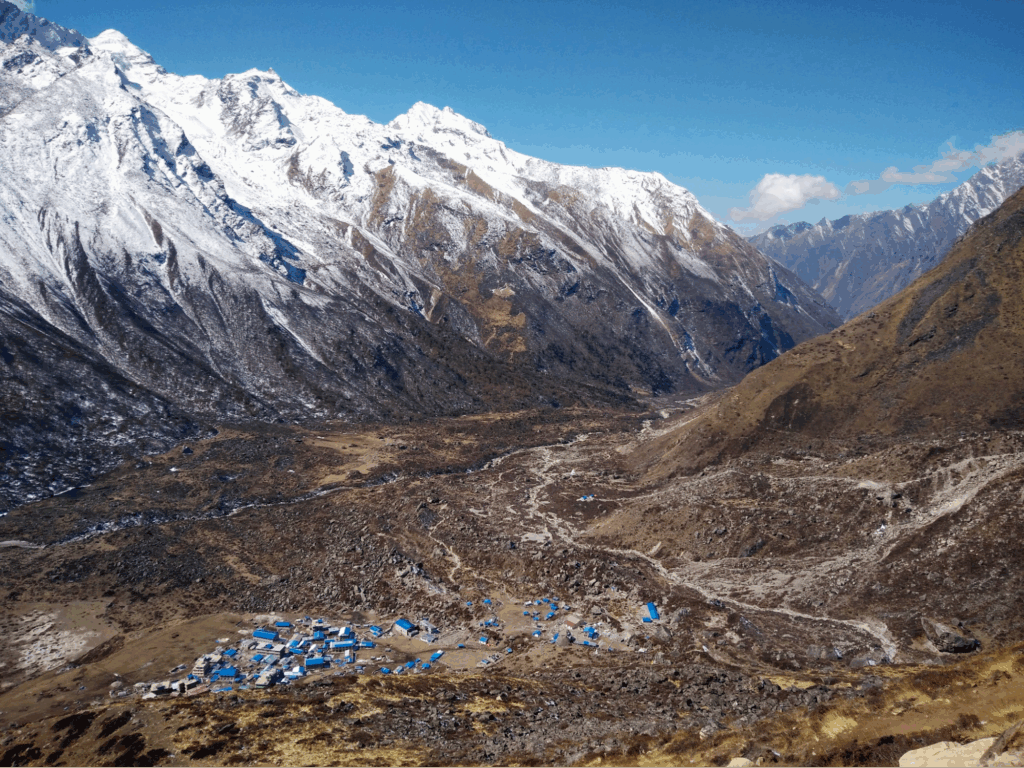
Known as “valley of glaciers,” Langtang provides great trekking routes near Kathmandu without requiring long journeys. In 2015, earthquakes hit this area hard, causing major damage. Over time, local communities rebuilt homes and paths. Today, trails are open again, letting hikers explore green forests and snowy peaks while supporting recovery efforts through tourism.
Hidden Treasures Off the Beaten Path
Rara Lake
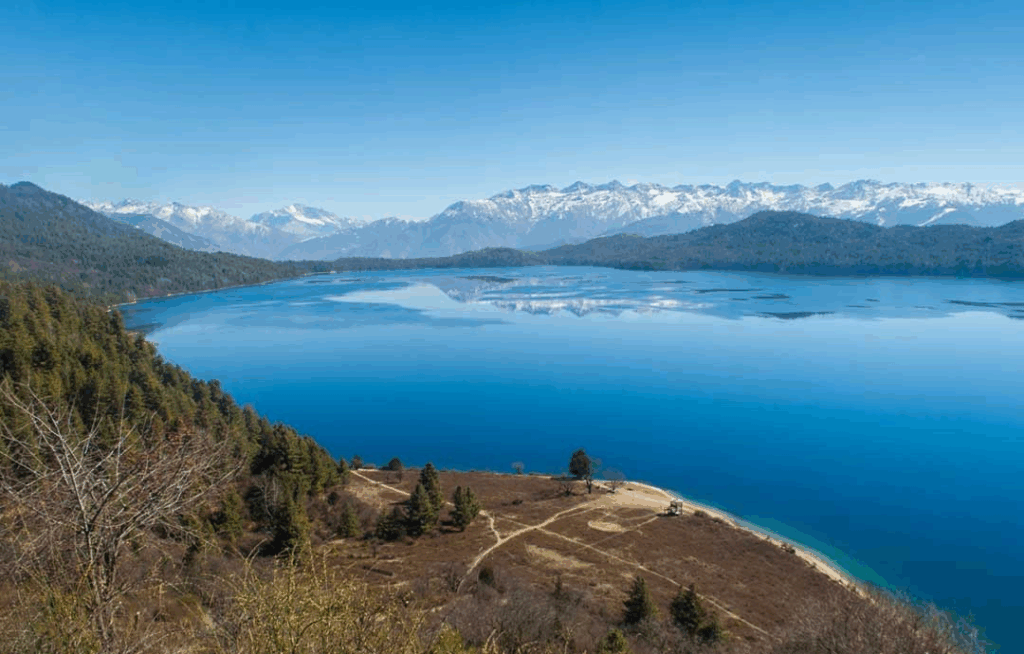
Tucked into Nepal’s remote northwest, Rara Lake claims the crown as the country’s biggest lake. Its clear blue waters, hugged by thick pine woods, make a scene straight off a travel brochure. Yet hardly any international travelers make it here to see that shimmering beauty in person.
Upper Mustang
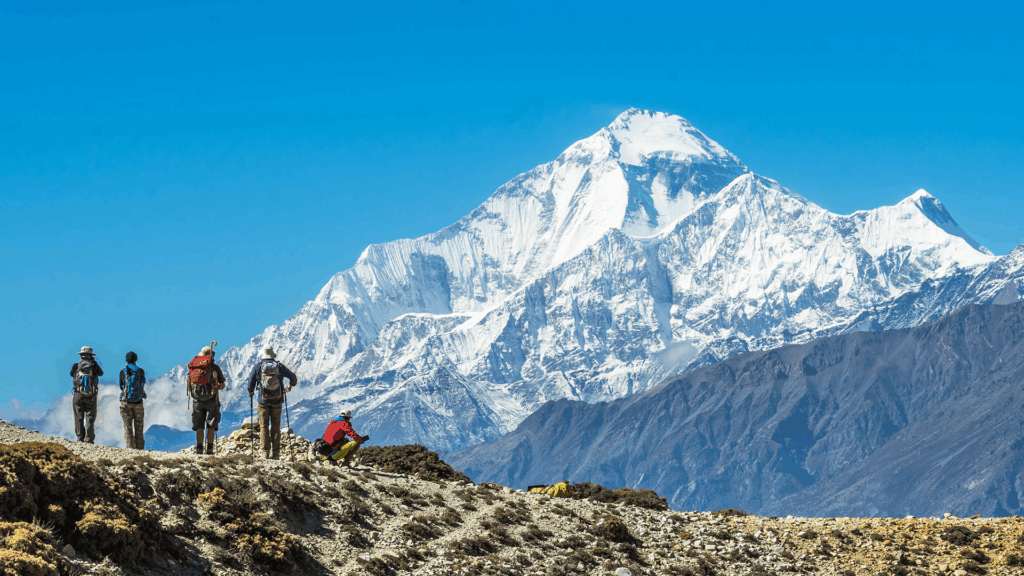
Upper Mustang was once off-limits to outsiders. Today, this remote region welcomes solo adventurers with its dry, dramatic landscapes. Ancient monasteries and caves carved into cliffs tell stories of a preserved Tibetan Buddhist culture—untouched thanks to years of isolation.
Hidden gems in Nepal for solo travelers like Upper Mustang aren’t just about views. Staying in family-run teahouses or homestays lets you rest safely while sharing meals and stories with locals. It’s a chance to experience daily life without crowds, far from typical tourist trails.
Planning Your Nepal Adventure
Practical Considerations
Finding affordable Nepal travel packages is easier than ever these days. Options vary from backpacking on a budget to splurging on upscale trips. Tour companies now craft trips around specific hobbies—think photography tours, wildlife spotting, or immersive cultural experiences.
When to go? Weather plays a big role. Here’s a quick seasonal guide: October-November brings ideal trekking weather, with mountain vistas clear as day. March-April paints hills bright pink and red with blooming rhododendrons. December-February means fewer travelers braving colder temps, especially up high. June-September sees monsoon rains soak valleys, but landscapes turn vibrant green and prices drop.
No need to overcomplicate plans. Stick to basics—match your interests with the right season, and you’re set.
Emerging Travel Trends
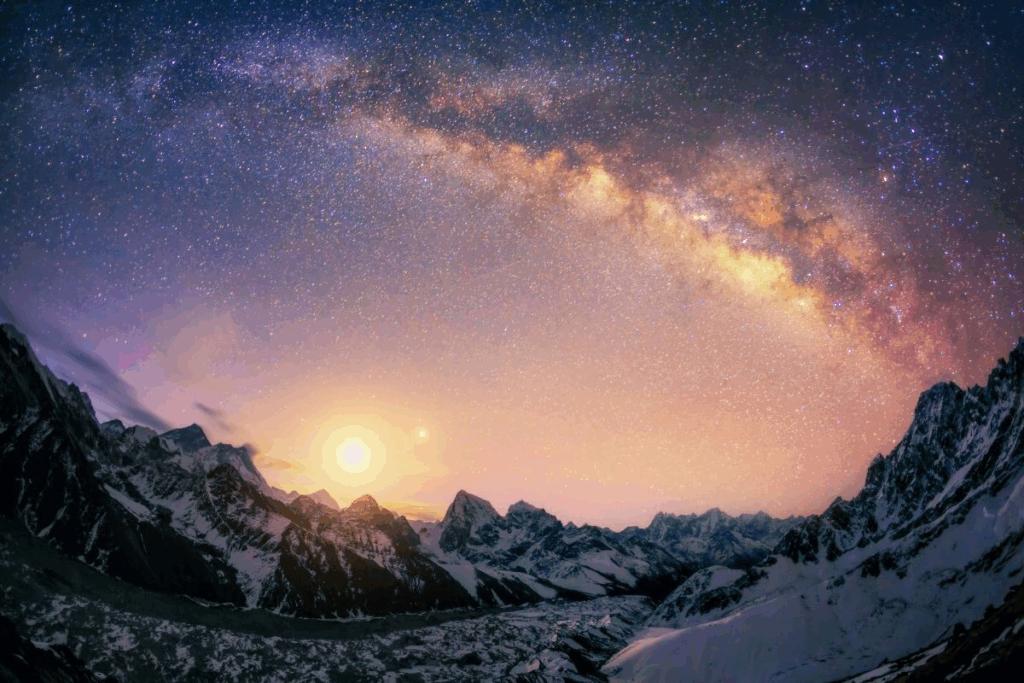
When it comes to Astro tourism in Nepal, Himalayas draw travelers chasing clear night skies far from city lights. Spots here now feature stargazing setups with powerful telescopes. Guides share stories about constellations visible only from these heights. It’s not just about stars—it’s experiencing high-altitude wonder under an endless cosmic canopy.
Travelers craving stillness can find it through silent travel retreats Nepal provides. These escapes swap screens for meditation sessions, mindful hikes, and basic lodgings in remote monasteries or mountain huts. Days focus on simplicity: quiet reflection, slow walks through forests, and meals made from local harvests.
A shift toward sustainable travel shines in community-based homestays Nepal has to offer. Staying with local families lets visitors share meals, learn traditions, and support villages directly. Income from these stays flows to rural households instead of big-city businesses. Guests leave with stories of warm hospitality and rhythms of life shaped by terraced fields and Himalayan seasons.
Family-friendly Destinations in Nepal
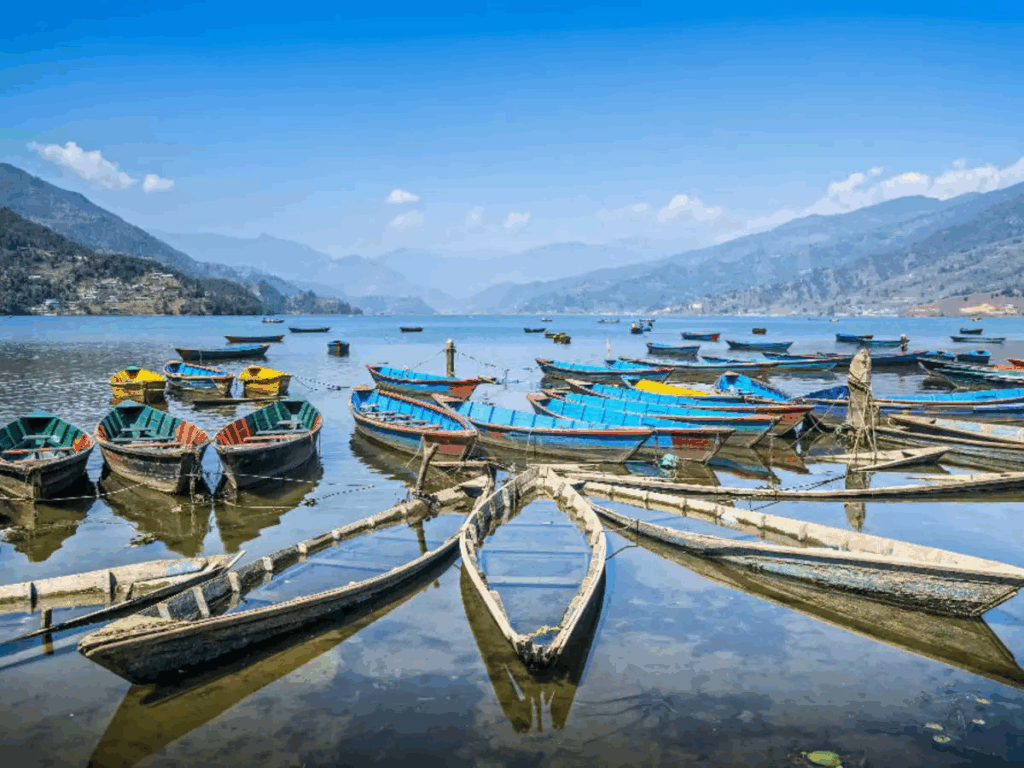
Nepal’s not just a playground for adrenaline junkies or meditation gurus—it’s got plenty for families with kids too. Picture relaxed hikes through foothills near Pokhara or Kathmandu Valley, where trails stay manageable for little legs. Jeep rides in Chitwan or Bardia’s jungles let everyone spot rhinos and elephants without breaking a sweat.
Over in Bhaktapur, try shaping clay during pottery workshops that turn into messy, memorable souvenirs. Want something slower? Paddle across Phewa Lake’s calm waters or wander through villages where even simple walks feel like gentle adventures. No need for extreme challenges here—just good, easygoing fun.
Responsible Tourism
When it comes to sustainable tourism in Nepal, 2025 blends care for nature with backing local livelihoods. Trekking agencies increasingly adopt “leave no trace” practices, hire Nepali guides, and fund community projects. Travelers play a role, too.
Here’s how to help: carry reusable bottles with built-in filters, buy from neighborhood shops, and honor traditions at sacred spots. Pick tour groups that prioritize planet-friendly plans. Simple steps, big impact—without stretching budgets or overcomplicating trips. It’s about balancing adventure with awareness, keeping Nepal’s beauty intact for years ahead.
Here’s a visa and entry guide for Nepal tailored to 2025 travelers, combining practical tips, recent updates, and lesser-known insights to ensure a smooth journey:
Visa Tips
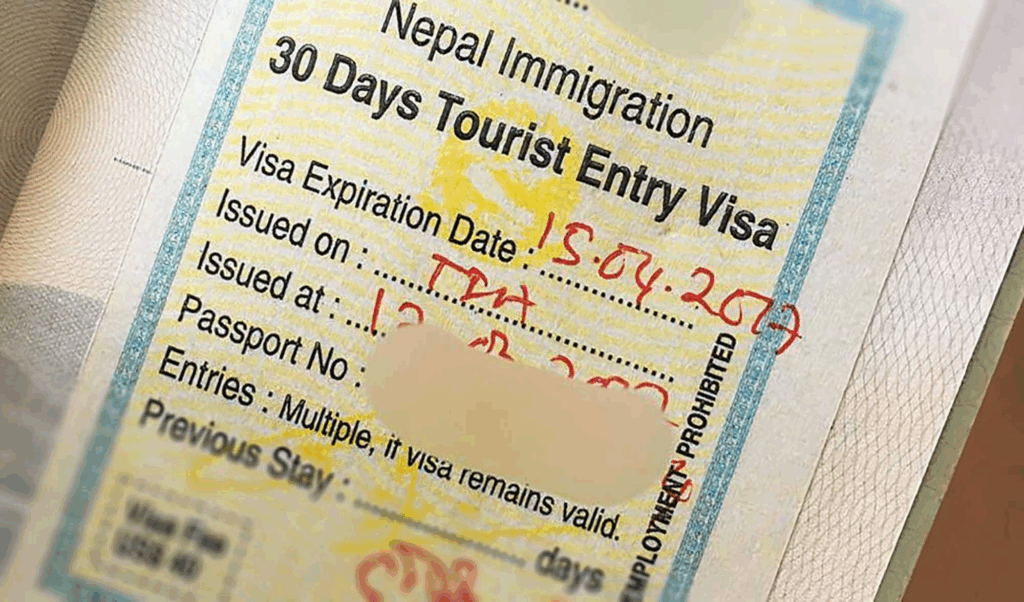
Nepal offers a visa on arrival. Who’s Eligible? Citizens of most countries (excluding Nigeria, Ghana, Afghanistan, etc.) can obtain a visa on arrival at Tribhuvan International Airport (Kathmandu) or land borders.
Cost
- 15 days: $30;
- 30 days: $50;
- 90 days: $125;
Required Documents:
- Passport valid for 6+ months;
- Two passport-sized photos (bring extras for trekking permits);
- Completed visa application form;
Visa-Free Entry for SAARC Nations
Citizens of India, Bhutan, Maldives, and Sri Lanka do not need a visa. Indians can enter with a voter ID or passport.
Restricted Area Permits (RAPs)
Some regions require special permits (on top of your visa):
- Upper Mustang & Upper Dolpo: $500 for 10 days (per person).
- Manaslu & Tsum Valley: $70–100 (September–November).
- Everest Region (Sagarmatha NP): TIMS card + Sagarmatha NP entry fee ($30).
Key Insight: Permits must be arranged via licensed trekking agencies. Solo travel is prohibited in restricted zones.
Visa Extensions
- Where: Department of Immigration in Kathmandu or Pokhara.
- Cost: $3/day (minimum 15 days).
- Process: Submit passport, visa, and application form. Extensions take 2–3 hours.
Trekking Permits
- TIMS Card (Trekkers’ Information Management System):
- $20 (group) / $10 (solo with guide).
- Mandatory for Annapurna, Everest, and Langtang regions.
National Park Fees
- $30 (Sagarmatha, Langtang, Chitwan).
- $20 (Annapurna Conservation Area).
Digital Nomad & Long-Stay Options (2025)
While Nepal lacks a dedicated digital nomad visa, travelers can:
- Renew a 90-day tourist visa by exiting and re-entering (e.g., cross to India or fly to Bangkok).
- Apply for a non-tourist visa (business, research) with sponsorship from a Nepal-based entity.
Health & Vaccination Requirements
- Yellow Fever Certificate: Required if arriving from Africa or South America.
- COVID-19: As of 2025, no restrictions, but check updates here.
Pro Tips to Avoid Hassles
- Carry USD: Visa fees must be paid in cash (USD preferred, but EUR/GBP accepted).
- Airport Arrival: Land borders (e.g., Kakarbhitta from India) have shorter queues than Kathmandu Airport.
- Overland Entry: Visa on arrival is available at 15 entry points, including Pokhara Airport and Birgunj (India border).
Common Mistakes to Avoid
- Passport Expiry: Ensure validity exceeds 6 months.
- Single-Entry Visa: If exiting Nepal (e.g., Bhutan side trip), apply for a multiple-entry visa upfront.
- Permit Planning: Book restricted-area permits 1–2 months early during peak seasons (April–May, October–November).
Conclusion
Nepal has something special for everyone—thrill-seekers craving adventure, quiet moments for those seeking peace, wildlife buffs tracking rare animals, or curious minds drawn to vibrant cultures. Stunning landscapes paired with welcoming locals leave a mark long after you leave.
Catch sunrise painting Himalayan summits gold, track rhinos through Chitwan’s dusty plains, or lose yourself in age-old alleyways of historic towns. Here, you’ll find raw, unfiltered moments that feel rare in a world where so much feels the same. Even as travel changes, Nepal manages to stay welcoming yet wild, rooted in tradition but moving forward.
Choose when to go, tread lightly, and keep your heart open. This place has a way of sticking with you—once you’ve seen those mountains, met those smiles, breathed that air, you won’t want to leave.



